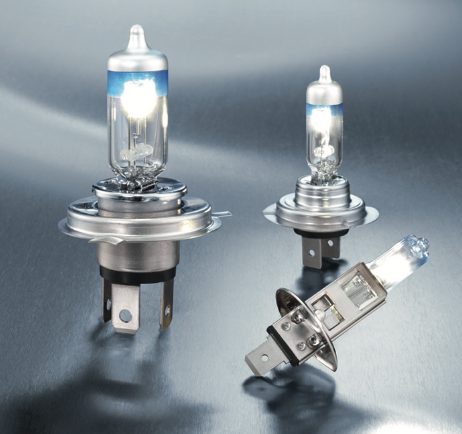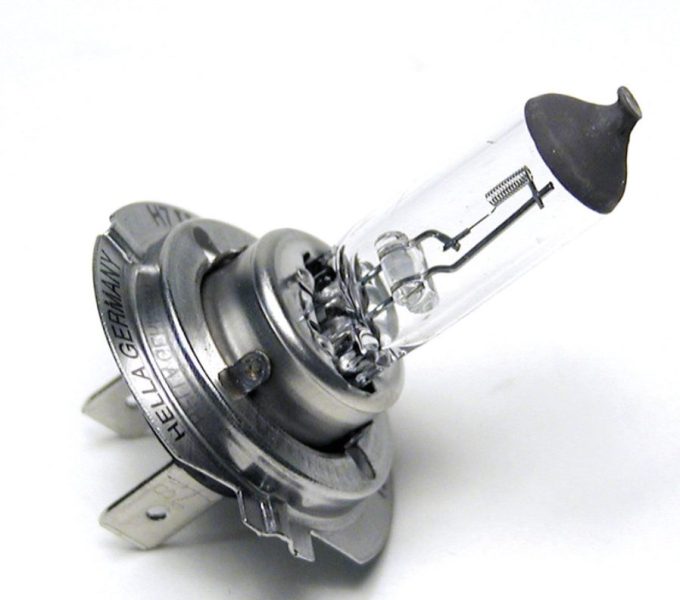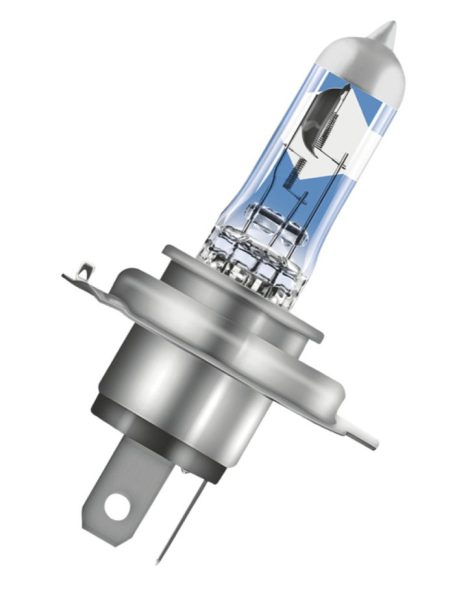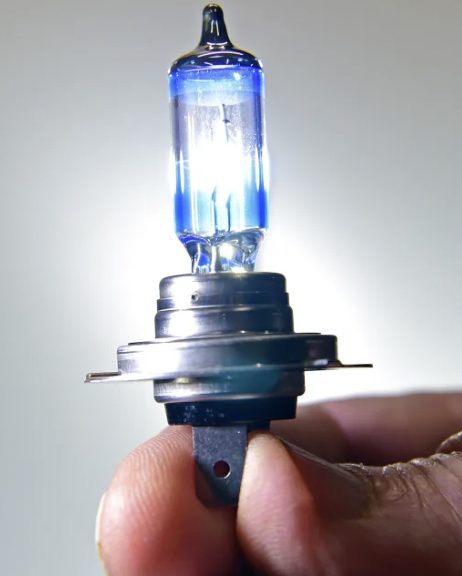Headlight bulbs are a crucial component of a car’s lighting system, providing essential visibility during nighttime driving and in low-light conditions. While most drivers take them for granted, understanding the different types of headlight bulbs available can help you make informed decisions when it’s time to replace your headlights.
Types of Headlight Bulbs:
- Halogen Bulbs: These are the most common type of headlight bulb found in most cars. Halogen bulbs produce a bright, white light that is similar to natural daylight. They are relatively inexpensive and easy to replace, making them a popular choice for most car owners. However, they tend to have a shorter lifespan compared to other types of bulbs.
- HID (High-Intensity Discharge) Bulbs: HID bulbs are more expensive than halogen bulbs but provide a brighter, more intense light. They produce a bluish-white light that is similar to daylight, which can improve visibility while driving at night. HID bulbs also have a longer lifespan than halogen bulbs.
- LED (Light Emitting Diode) Bulbs: LED bulbs are becoming increasingly popular due to their energy efficiency and longer lifespan. They produce a bright, white light that is similar to daylight and can improve visibility while driving at night. LED bulbs are more expensive than halogen bulbs, but they use less power and last much longer.

Factors to Consider when choosing Headlight Bulbs:
- Brightness: The brightness of the bulb is measured in lumens. A higher lumen count means a brighter light. It’s important to choose a bulb with a brightness that is appropriate for your needs and the conditions in which you will be driving.
- Color Temperature: The color temperature of a bulb is measured in Kelvins (K). A lower Kelvin number produces a warmer, more yellow light, while a higher Kelvin number produces a cooler, bluer light. Choose a bulb with a color temperature that suits your preferences and driving conditions.
- Lifespan: The lifespan of the bulb is an important factor to consider when choosing a headlight bulb. LED bulbs tend to have the longest lifespan, while halogen bulbs have the shortest lifespan.
- Cost: The cost of the bulb is also an important factor to consider. Halogen bulbs are the least expensive, followed by HID bulbs and LED bulbs. However, LED bulbs tend to offer the best value over time due to their energy efficiency and longer lifespan.

In conclusion, choosing the right headlight bulbs can greatly improve your visibility while driving at night or in low-light conditions. Consider the different types of bulbs available and factors such as brightness, color temperature, lifespan, and cost before making your decision. Remember to always consult your car’s manual before replacing your headlight bulbs to ensure that you choose the right type and size for your vehicle.
- Halogen Bulbs: Halogen bulbs use a tungsten filament that is enclosed in a halogen gas-filled capsule. When electricity passes through the filament, it heats up and produces light. Halogen bulbs are known for their bright, white light, but they tend to have a shorter lifespan compared to other types of bulbs. They are also less energy-efficient, as they require more power to produce the same amount of light as other bulbs.
- HID (High-Intensity Discharge) Bulbs: HID bulbs produce a brighter, more intense light compared to halogen bulbs. They work by passing an electric charge through a gas-filled chamber to produce an arc of light. HID bulbs produce a bluish-white light that is similar to daylight, which can improve visibility while driving at night. They are also more energy-efficient and have a longer lifespan compared to halogen bulbs. However, they are more expensive and require a ballast to regulate the electrical current, which can add to the cost of replacement.
- LED (Light Emitting Diode) Bulbs: LED bulbs are becoming increasingly popular due to their energy efficiency and longer lifespan. They work by passing an electric current through a semiconductor material to produce light. LED bulbs produce a bright, white light that is similar to daylight and can improve visibility while driving at night. They use less power and last much longer compared to halogen and HID bulbs. However, they are the most expensive type of bulb and may require a specialized installation process.

When choosing a headlight bulb, it’s important to consider factors such as brightness, color temperature, lifespan, and cost. It’s also important to consult your car’s manual to ensure that you choose the right type and size of bulb for your vehicle. Replacing your headlight bulbs regularly can improve your visibility while driving at night and ensure that your car remains roadworthy.
Halogen Bulbs:
Advantages:
- Relatively inexpensive and widely available
- Produce a bright, white light that is similar to natural daylight
- Easy to replace
Disadvantages:
- Shorter lifespan compared to other types of bulbs
- Less energy-efficient, as they require more power to produce the same amount of light as other bulbs
HID (High-Intensity Discharge) Bulbs:
Advantages:
- Produce a brighter, more intense light compared to halogen bulbs
- Longer lifespan compared to halogen bulbs
- More energy-efficient, as they require less power to produce the same amount of light as halogen bulbs
Disadvantages:
- More expensive compared to halogen bulbs
- Require a ballast to regulate the electrical current, which can add to the cost of replacement
- May take some time to warm up and reach full brightness

LED (Light Emitting Diode) Bulbs:
Advantages:
- More energy-efficient compared to halogen and HID bulbs
- Longest lifespan among the three types of bulbs
- Produce a bright, white light that is similar to natural daylight
- Durable and resistant to shock and vibration
Disadvantages:
- Most expensive type of bulb
- May require a specialized installation process
- Can be affected by high temperatures and humidity








